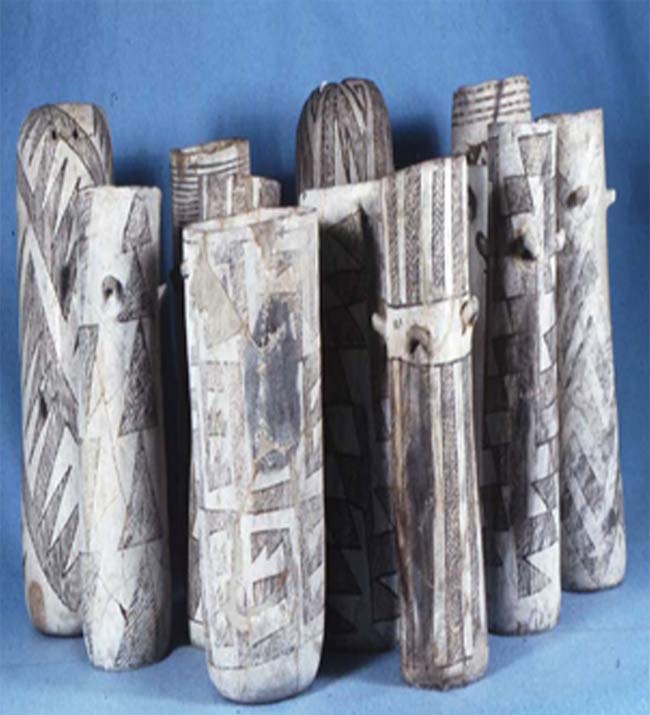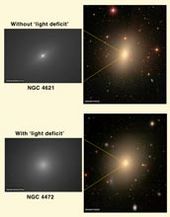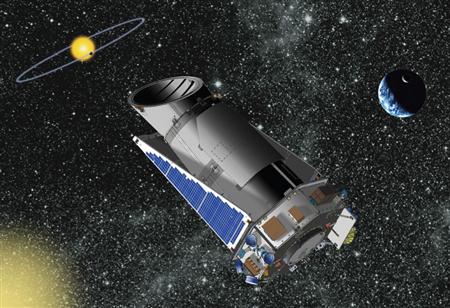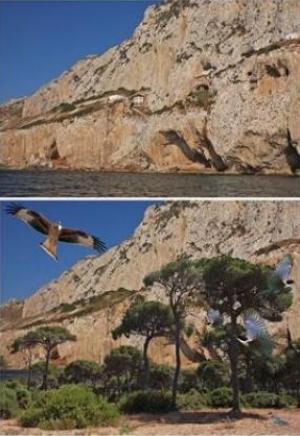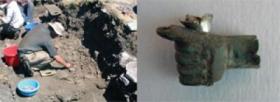
© University of Pennsylvania Museum of Archaeology and AnthropologyOn the leftis Dan Diffendale, research assistant, Mt. Lykaion Excavation and Survey Project, in the ash altar of Zeus trench, at the discovery of a group of Mycenaean kylikes, circa 13th century BCE. Summer 2008. To the right is a small bronze hand of Zeus holding a silver lightning bolt (approximately 2 cm), circa 500 BCE, excavated at the ash altar of Zeus, Mt. Lykaion, Summer 2008.
In the third century BCE, the Greek poet Callimachus wrote a 'Hymn to Zeus' asking the ancient, and most powerful, Greek god whether he was born in Arcadia on Mt. Lykaion or in Crete on Mt. Ida.
A Greek and American team of archaeologists working on the Mt. Lykaion Excavation and Survey Project believe they have at least a partial answer to the poet's query. New excavation evidence indicates that
Zeus' worship was established on Mt. Lykaion as early as the Late Helladic period, if not before, more than 3,200 years ago. According to Dr. David Gilman Romano, Senior Research Scientist, Mediterranean Section, University of Pennsylvania Museum, and one of the project's co-directors, it is likely that a memory of the cult's great antiquity survived there, leading to the claim that Zeus was born in Arcadia.
Dr. Romano will present his team's new discoveries - and their implications for our understanding of the beginnings of ancient Greek religion - at a free public lecture, "The Search for Zeus: The Mt. Lykaion Excavation and Survey Project", Tuesday, January 27 in the Rainey Auditorium of the University of Pennsylvania Museum.
